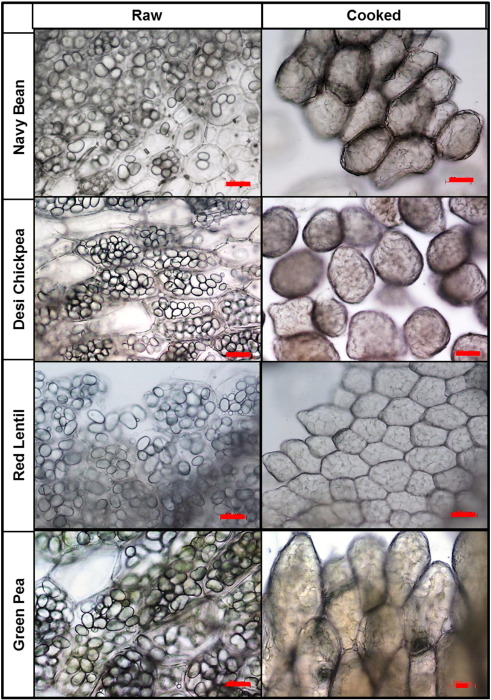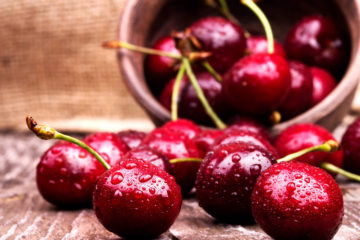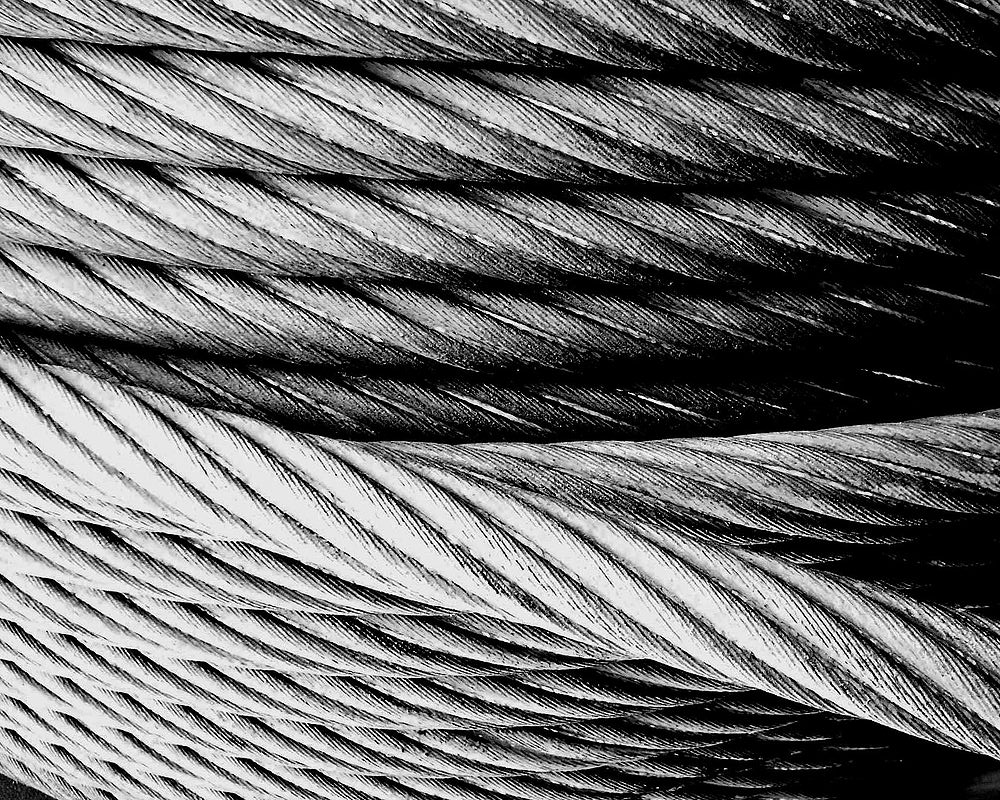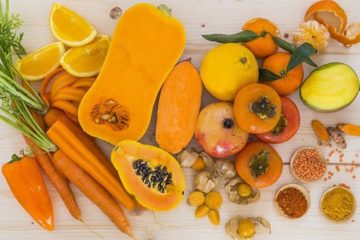What do you think about when you think of food?
- The taste? The smell?
- The friendships that go with eating it?
- How many calories in it?
- Whether it’s part of a diet plan you’re on or not?
- The memories associated with it?
- Maybe you think about vitamins in the food. or the macronutrients – protein, carbohydrates or fat.
Food is actually a lot more than the sum of its parts or how it smells or tastes. Food is all of these things, but it is also information – the information that controls how our bodies work.
What’s for dinner?
It’s the colours, textures, smells, tastes and memories of different foods that tempt us to the table, ensuring our bodies get the nutrients that are essential for life. It is these nutrients that are the information bytes that direct the various systems of the body that drive the organs to function.
The nutrients in our foods are mainly carbohydrates, fats and protein. But there is also fibre and water. Moreover, there are vitamins and minerals, as well as phytochemicals. Our diet should be made up of a mix of foods that supplies all the necessary nutrients in the right amount.
Knowing the Command
Entering the right command into a computer causes the response we want. For instance, if my computer screen has ‘frozen’, my manual says to hit “Command – Option – Escape”, and the screen will unfreeze and I’ll then be able to close the offending program but not lose information on the others I had open at the same time.
Hit the right keys, and YES! My computer responds as the manual said it would.
What a great feeling when what you type in is the message the computer is waiting for!
But what if you didn’t read the manual or no one told you that those were the keys to hit to solve that problem? You will end up having to turn off the computer and maybe lose some information.
That’s a common problem today. Hardly anyone knows anymore what foods give the right information to make us healthy.

Few people actually knew in the past either, but they had access to so few varieties of food that they just ate the same things all the time. Whatever was readily available.
Whether those foods kept you healthy or not past the age of childbearing and the passing on of genes was of no concern – that was all there was to eat.
But we’ve got choice today – too much choice. So we have to know more in order to choose correctly.
The computer within us
Everything we eat carries information – information to direct the computer that is our body.
The food we eat carries that information to the waiting chemical messengers, our hormones. The hormones ‘read’ the information in the incoming food, and that tells them what to do with that food – whether to store it, where to store it, or where to send it for immediate use.
Our population is getting sicker and fatter, fatter and sicker, propped up by ever more medications. That shows that most people’s bodies are getting the wrong messages, or else they’d be staying leaner and healthier. The wrong food information is sending the wrong commands to the body.
Breaking down the nutrients
Here is a summary of what we get out of each nutrient:
| Nutrient | Found where? | What it does |
| Carbohydrates | pasta, bread, rice, potatoes & cereal grains | During digestion, these starches break down into the simple sugar, glucose, which is the body’s main energy source. |
| Fats | seeds, nuts, vegetable oils, dairy food & meat | Digested into fatty acids which make cell membranes or are used as an energy source. If not used up for energy (eg. not enough exercise), they will be rebuilt into fat under the skin to insulate the body and keep it warm. You can read <here> just how efficient the body is at storing the fat you eat – as fat! |
| Proteins | fish, lean meat & beans | Once digested, proteins supply the body with amino acids. These are building blocks used by all body cells to make whatever is needed by them – new cells, enzymes for chemical reactions, hormones and other things. |
| Fibre | found in all plant foods like beans, broccoli, bananas | Some types of fibre bind to substances the body wants to get rid of like excessive hormones and cholesterol & fat, carrying it out of the body. Other types stretch intestinal muscles, helping them push waste out more quickly. |
| Water | in drinks and also the driest foods. | More than 50% of our bodies is water. It is the liquid medium in which substances dissolve and react inside cells. It is the basis of our internal transport systems – blood and lymph. |
| Vitamins & Minerals | mostly from fresh fruit & vegetables | Essential for growth and good health. Each one has its own role and together, they help the body perform optimally. |

Virus alert!
Much of what we call ‘food’ today is like a computer download that carries a virus. Not the kind of virus that gives you the flu, but the kind that messes up the computer and causes malfunctions. One malfunction leads to another and bodies slowly but surely break down.
Thankfully there are many foods around that operate like anti-viral software. This food is information we need to be healthy. They send the correct messages for our bodies to start working as they should – to restore health to the struggling system.
You can read <here> about how to get the right foods that will work for us.
In the words of Hippocrates, in Ancient Greece in 400 BC:
Let food be your medicine and let medicine be your food.



0 Comments